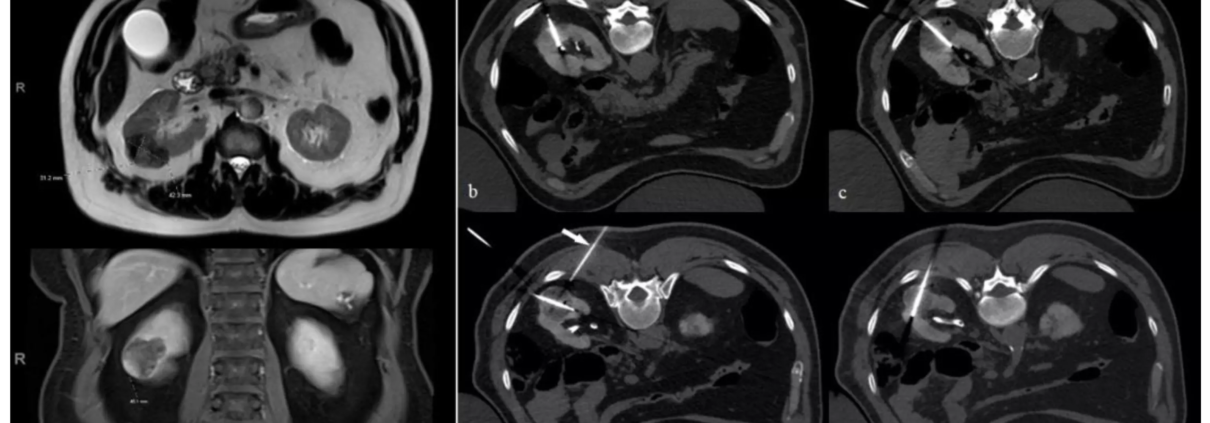Chest CT scans offer critical insights into the lung function of sarcoidosis patients, reveals research

A recent study published in the CHEST journal highlighted the lung function assessment in sarcoidosis patients by suggesting that chest CT scans could provide more comprehensive insights than the traditional Scadding staging system.
The research was a part of the NHLBI Genomics Research in Alpha-1 Anti-Trypsin Deficiency and Sarcoidosis (GRADS) and analyzed sarcoidosis cases to compare demographic features, Scadding stage and CT findings. The primary research question was to determine whether a standardized CT assessment offers additional understanding of lung function beyond the Scadding stage and demographic data. The study included a total of 351 sarcoidosis patients who had both Scadding stage assessments and standardized chest CT scans. A single chest radiologist scored all CT scans using a visual scoring system and a subset of these scans was independently reviewed by another radiologist to evaluate the consistency.
The study then compared demographic features, Scadding stage and CT findings. The research also analyzed the correlations between these measures and lung function, using spirometry and DLCO (diffusing capacity for carbon monoxide) results from 318 patients.
One of the significant findings of the study was that CT features did not always align with Scadding stage classifications with inconsistencies observed in approximately 40% of cases. Also, most CT features assessed were negatively associated with lung function. This means that certain abnormalities detected via CT scans correlated with poorer lung function outcomes.
Even after adjusting for Scadding stage, the CT features maintained their associations with FEV1 (forced expiratory volume in one second) and DLCO. However, some associations between CT features and FVC (forced vital capacity) became insignificant upon this adjustment. The Scadding stage itself was primarily linked to FEV1, but incorporating CT features into the analysis reduced the significance of the association between Scadding stage and lung function.
Both Scadding stage and various CT measures were found to explain lung function variability through multivariable regression modeling. Moreover, Scadding stage contributed significantly to models explaining FEV1 and FEV1/FVC ratios and marginally for DLCO. The study illuminated moderate to poor agreement between the radiologists in evaluating the presence, absence and degree of CT abnormalities that suggests the need for more standardized CT assessment protocols.
This research indicates that chest CT scans offer valuable additional insights into lung function in sarcoidosis patients beyond what is provided by the Scadding stage. Further investigations are imperative to assess the potential of CT scans to enhance patient management and treatment outcomes.
Source:
Benn, B. S., Lippitt, W., Cortopassi, I., G.K, B., Barbosa, E. M., Jr., Drake, W. P., Herzog, E., Gibson, K., Chen, E. S., Koth, L. L., Fuhrman, C., Lynch, D. A., Kaminski, N., Wisniewski, S. R., Carlson, N. E., & Maier, L. A. (2024). Chest computed tomography provides more information than chest X-ray alone in determining extent of physiologic impairment in pulmonary sarcoidosis. In CHEST. Elsevier BV. https://doi.org/10.1016/j.chest.2024.04.031



